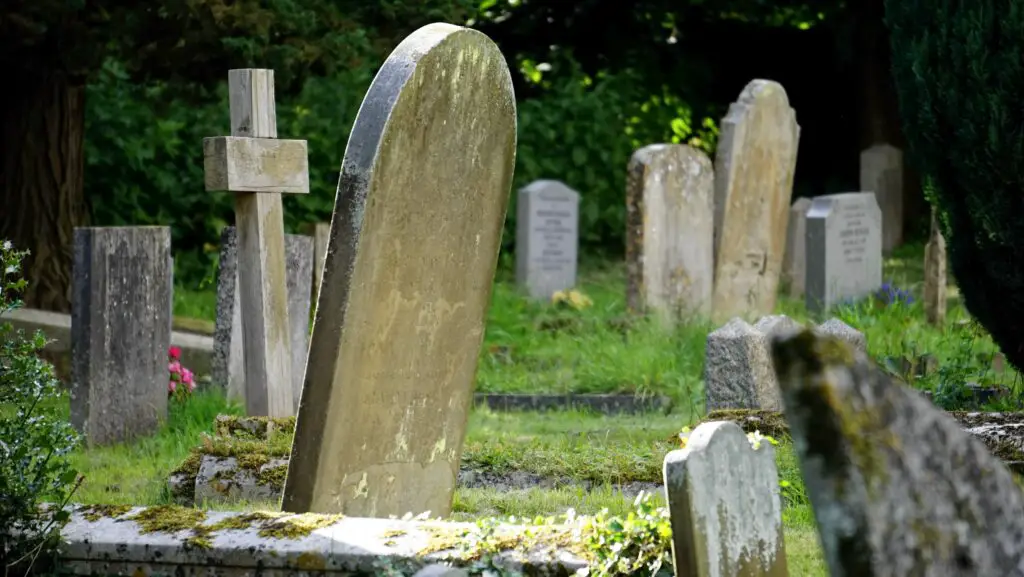In many cultures and mythologies, death is personified as a figure or entity that carries a specific tool or object. The tool or object associated with death can vary depending on the culture, religion, or belief system. However, one of the most commonly recognized tools associated with death is the scythe.

The scythe is a long, curved blade attached to a handle or pole. It is typically used for cutting and harvesting crops, but it has also been associated with death for centuries. In popular culture, the image of a grim reaper carrying a scythe has become synonymous with death itself.
The origins of the association between death and the scythe are not entirely clear, but it likely has its roots in the agricultural practices of ancient civilizations. The scythe was a tool commonly used to harvest crops, and it would have been a familiar sight to many people. As such, it may have been a natural choice to use as a symbol for death, as it represented the end of the growing season and the cycle of life.
In addition to the scythe, there are other tools and objects associated with death in various cultures and mythologies. For example, in ancient Greek mythology, the god Hades, who ruled the underworld and was responsible for death, was often depicted carrying a scepter or staff. This symbolized his power and authority over the dead.
In some Native American cultures, death is associated with a bow and arrow. According to legend, when the time comes for a person to die, a spirit warrior arrives with a bow and arrow and shoots an arrow at the person, releasing their spirit from their body and guiding them to the afterlife.
In Hinduism, death is associated with the god Yama, who is often depicted carrying a rope or lasso. The rope symbolizes Yama’s power to control and capture the souls of the dead, guiding them to the afterlife and judging them according to their deeds in life.
In some African cultures, death is associated with a spear or other sharp weapon. This symbolizes the idea that death is a force that can strike at any time and that life is fleeting.
It is worth noting that the tool or object associated with death is often symbolic rather than literal. While the scythe or other tools may have been used in ancient times to represent death, they are not necessarily used in modern times to represent death in a literal sense. Instead, they serve as powerful symbols that represent the inevitability of death and the cycle of life.
In addition to the scythe and other tools, there are also other symbols associated with death in various cultures and mythologies. For example, in many Western cultures, death is often represented by the color black, which is associated with mourning and funerals. In some Asian cultures, death is associated with the color white, which symbolizes purity and the afterlife.
Another common symbol associated with death is the skull. The skull has been used as a symbol of death for centuries, and it is often depicted in art, literature, and other forms of media as a reminder of the inevitability of death and the transience of life.
In conclusion, the tool or object associated with death varies depending on the culture, religion, or belief system. However, one of the most commonly recognized tools associated with death is the scythe. The scythe has its roots in the agricultural practices of ancient civilizations and has been associated with death for centuries. While the tool or object associated with death may be symbolic rather than literal, it serves as a powerful reminder of the inevitability of death and the cycle of life.